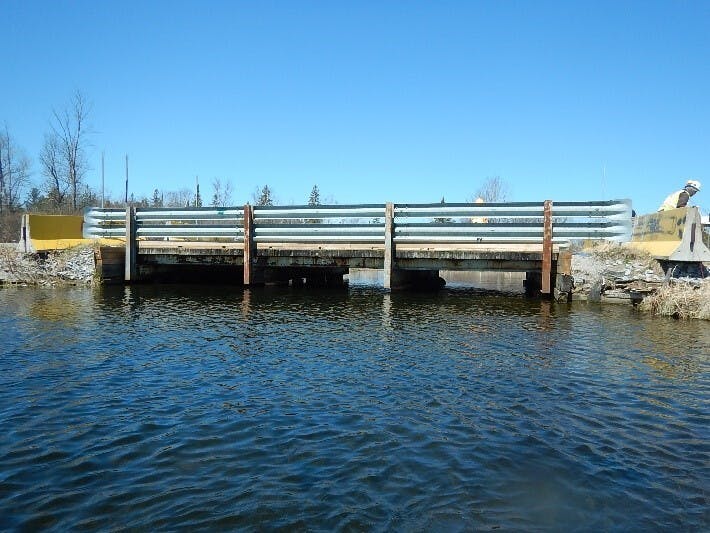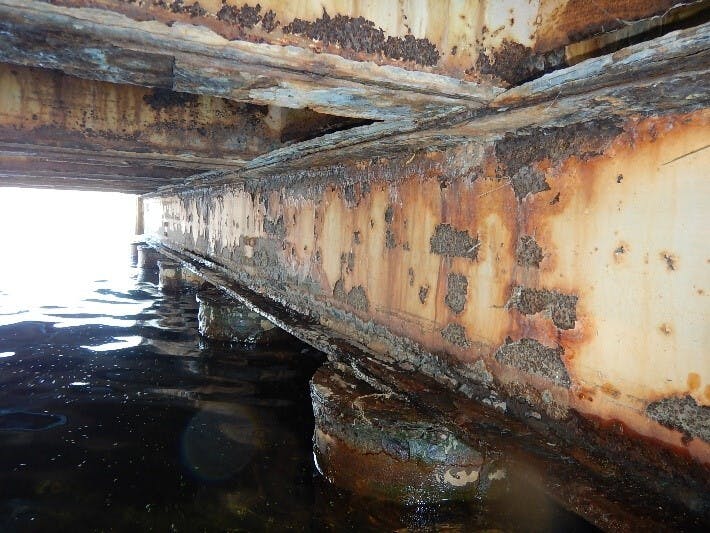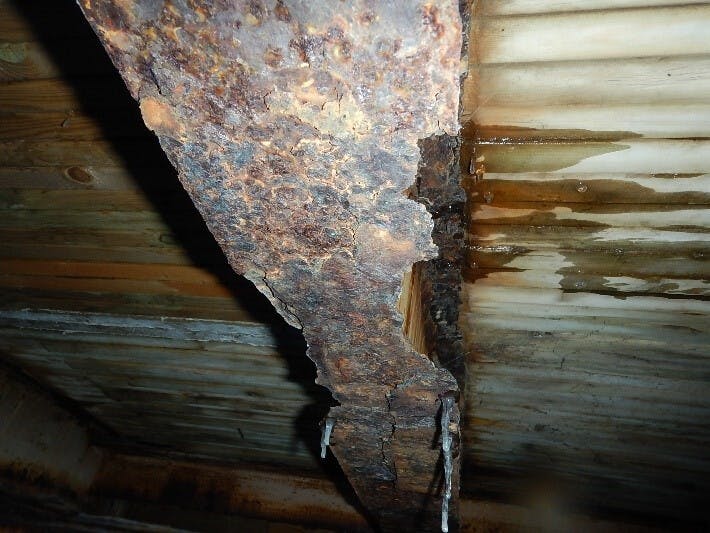Scugog Line 8 Bridge Environmental Assessment Addendum & Detailed Design
Consultation has concluded
Bridge No. 9 is located on Scugog Line 8, approximately 1.7km east of Highway 7/12 and crosses the Nonquon River (refer to the key map in Figure 1). The existing bridge is a three-span structure that was constructed in 1940 and is currently in poor physical condition (refer to photos 1 to 4 for a general illustration). Following the recommendations of the 2017 Environmental Assessment completed by AECOM, temporary repairs were completed to the bridge deck to ensure short term pedestrian safety.
Originally, the proposed long-term solution was to rehabilitate the bridge to accommodate limited vehicular loading. However, additional studies completed in 2020 indicated that full replacement was more economical and would better align with the Township’s recommended Level of Service from the Asset Management Policy for Bridges and Culverts.
The Township is currently proposing to replace the existing three-span bridge with a single span bridge designed to the current Canadian Highway Bridge Design Code. The new structure will include adequate width to include various users. Since replacement of the bridge was not the preferred solution in the 2017 EA, the Township has retained Q&E Engineering Inc. to carry out an addendum of the 2017 EA as well as the final design of the proposed bridge. As a part of the EA addendum, a Species at Risk Assessment has been completed to address site specific mitigation measures and consult with the public to gather design input.
PREVIOUS REPORTS AND STUDIES
A copy of the documents can be found on the right-hand side of this page.
PROPOSED BRIDGE DESCRIPTION
Shown on the conceptual design drawing (see Documents) and 3D illustration (see Photos) is a single span integral bridge. An integral bridge has a bridge deck that is made continuous with the abutment, eliminating deck joints, and thereby improving durability. The bridge deck consists of steel girders and a concrete deck acting compositely. The concrete abutment will be supported on a single row of steel ‘H’ piles, driven into dense soil to a depth of approximately 27m below existing grade.
Since suitable soil was found to be relatively deep at this site, an integral bridge is well suited. The proposed single span bridge will improve the overall hydraulic capacity, compared to the existing bridge, with 4 rows of timber piles. The proposed bridge will not have any of the piles exposed and the clear span (same as the existing at approximately 10m) will be unobstructed.
The following features will also be included in the proposed bridge:
- Concrete wingwalls and approach slab to improve transition and minimize abutment surcharge,
- Sidewalk on the south side to improve pedestrian safety,
- Increased shoulder width at the bridge to improve overall safety and provide an unobstructed approach-to-bridge transition,
- Sheet pile retaining wall to facilitate dewatering and construction as well as long term erosion protection,
- Thrie beam barrier and single beam approach guiderail to ensure code compliance and improve traffic safety,
- Approach concrete curb, gutter, and outlet at the south quadrants to improve drainage and transition to sidewalks at the bridge, and
- Rock protection at all quadrants to minimize erosion.
Approach Road Work
To accommodate the proposed bridge and guiderail system, the road approach will require widening to ensure a proper rounding beyond the guiderail posts. A grade raise of approximately 400mm will also be required to accommodate the proposed deck elevation, as the girder depth will need to be increased for the proposed single span bridge. Additionally, a very minor adjustment to the approach horizontal alignment will be necessary avoid bridge skew and to improve channel flow and improve overall road safety.
RATIONALE FOR THE PROPOSED REPLACEMENT
- Has similar environmental impact as the previously recommended solution (rehabilitation) where the wingwalls and retaining walls would need to be replaced, requiring in-water work.
- Although the overall footprint of the proposed bridge would be larger it will remain in the previously disturbed area where the original bridge was constructed.
- The existing bridge was not deemed to have cultural heritage value/interest in the 2017 EA.
- The new bridge will be designed to the current code with no load restriction and will safely accommodate various modes of transportation.






